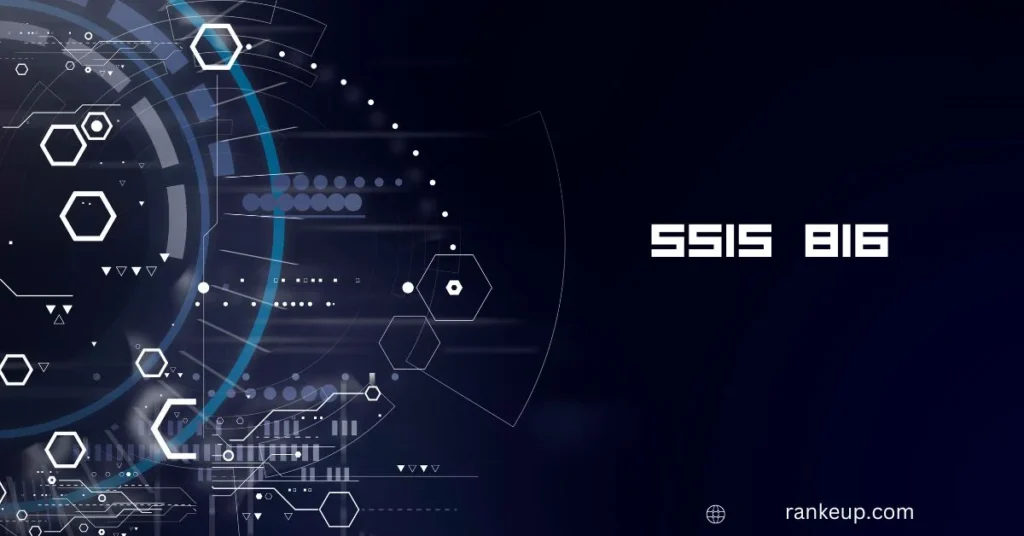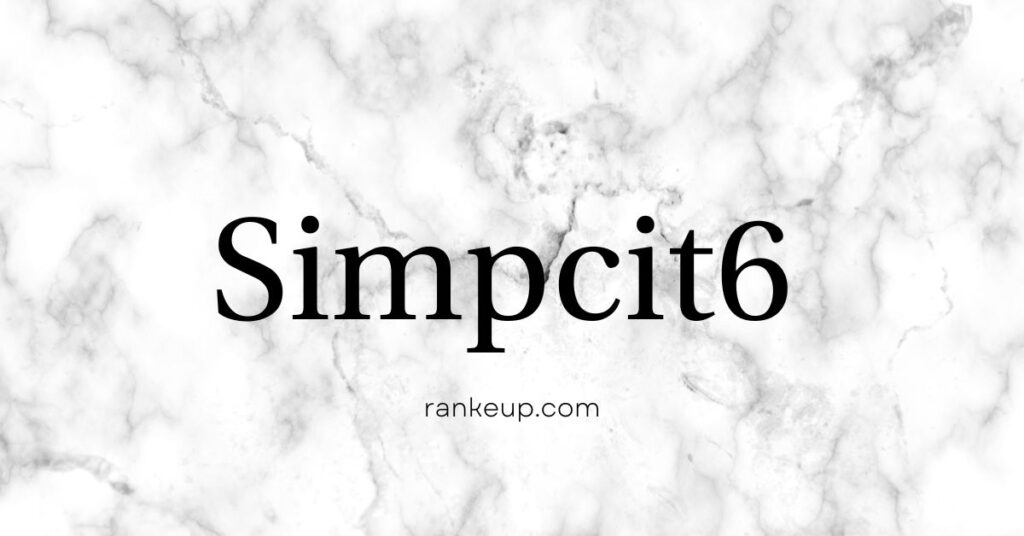The term “Çrviti” encompasses a broad spectrum of meanings, each reflecting the adaptability and diversity it can represent in different fields and cultural contexts. From traditional cultural practices to technological innovations, business strategies, sustainability models, and educational theories, it can serve as a bridge between heritage and modernity, between local significance and global application. This article explores it various interpretations and applications across different domains, analyzing how understanding its impact can encourage further exploration and innovation.
Cultural Significance of Çrviti: A Reflection of Heritage and Community Values
In certain cultures, it represents more than just a term; it embodies centuries-old practices, values, and philosophies rooted in community and collective identity. For example, in communities where is part of traditional rituals or ceremonies, it is often used to convey principles like unity, respect, and harmony with nature. These practices often carry a symbolic meaning, acting as reminders of cultural heritage and intergenerational knowledge.
For many, Çrviti serves as a guide to sustainable living, emphasizing respect for natural resources and communal well-being. Such interpretations align with current global efforts to promote environmentally responsible practices, showing that modern sustainability principles are deeply rooted in cultural wisdom. By understanding Çrviti in this light, we gain insights into how traditional knowledge can contribute to present-day challenges, such as environmental degradation and social fragmentation, offering a more sustainable approach rooted in cultural resilience and collective responsibility.
Technological Innovations: Çrviti as a Catalyst for Modern Development
In technology, it can symbolize advancements in software, methodologies, or processes that drive innovation. Some tech enthusiasts use to describe solutions that enhance productivity, accuracy, or efficiency in specific domains, such as data processing, artificial intelligence, and automation. Software frameworks or methodologies known as it could facilitate streamlined workflows, complex algorithmic processing, or even improved user experiences in consumer tech products.
For instance, it might be associated with an AI algorithm that processes data to predict customer behaviors or a software tool that supports collaboration among remote teams. In these contexts, Çrviti represents a step toward greater efficiency, problem-solving, and adaptability, making it indispensable for industries striving to remain competitive in a rapidly changing environment. Recognizing the technological potential of can also inspire developers and tech leaders to explore its applications further, finding new ways to solve pressing challenges in fields like healthcare, environmental conservation, and digital security.
Business Applications of Çrviti: A Model for Strategic Innovation
Çrviti’s versatility extends to the business world, where it can be seen as a brand identity, a strategic business model, or a guiding philosophy in operations. Businesses using the approach often focus on unique selling propositions (USPs) and operational excellence, setting themselves apart through innovation and customer-centered strategies. For example, a company might employ the model to streamline production processes, optimize resource use, or differentiate itself through a personalized approach to customer service.
Furthermore, in sectors like sustainable fashion or green energy, could be synonymous with a commitment to ethical sourcing and eco-friendly practices, appealing to a socially conscious consumer base. In this context, the business model can encompass practices that focus not only on profit but also on positive social and environmental impact, enhancing the brand’s reputation and appeal in an evolving marketplace.
Çrviti in Education: Enhancing Learning and Innovation
In the educational sector, it might signify a learning theory, methodology, or tool that promotes better learning outcomes and student engagement. The application of Çrviti in education can range from interactive digital platforms that encourage experiential learning to teaching philosophies that emphasize critical thinking, collaboration, and adaptability. By fostering an environment where students are encouraged to explore and create, it contributes to the development of essential skills needed in the 21st-century workforce.
Educational technology (EdTech) solutions labeled as it could involve AI-driven tutoring systems, collaborative learning software, or innovative curriculum designs that integrate real-world problem-solving. With it as a guiding framework, educators and institutions are better equipped to support diverse learning needs and enhance student engagement, ultimately preparing students for a globalized, technologically driven world.
Environmental Sustainability and Çrviti: A Path to Responsible Innovation
Çrviti also finds applications in environmental sustainability, where it can refer to innovative models and technologies aimed at reducing environmental impact. Businesses, governments, and NGOs may adopt Çviti-based practices to reduce waste, minimize resource consumption, and promote ecological responsibility. These sustainable practices could include everything from renewable energy initiatives to circular economy models that prioritize recycling and resource efficiency.
In this context, it acts as a blueprint for responsible innovation, blending technological advancement with ecological mindfulness. For example, a company committed to the model might invest in renewable energy, adopt carbon-neutral practices, or design products with minimal environmental impact. This approach not only benefits the planet but also positions the organization as a leader in the green economy, appealing to consumers and stakeholders who prioritize environmental responsibility.
The Broader Impact of Çrviti and Its Future Potential
The term Çrviti may have originated as a cultural or philosophical concept, but its versatility has allowed it to evolve and find relevance in modern technological, business, and educational contexts. Its adaptability reflects the ever-evolving nature of language and human innovation, with it standing as a testament to the power of adaptable concepts in connecting the past with the future.
As we look to the future, it holds the potential to shape emerging industries, influence sustainable business practices, and redefine educational frameworks. In sectors like artificial intelligence, renewable energy, and EdTech, it can inspire new solutions that prioritize ethical, efficient, and forward-thinking approaches. Furthermore, as businesses and institutions continue to navigate an increasingly globalized world, the universal appeal of Çrviti will likely grow, influencing innovations across industries.
Conclusion
Çrviti represents more than just a word; it embodies a philosophy of adaptability, innovation, and responsibility. Whether applied to cultural preservation, technological advancement, sustainable business practices, or educational methodologies, encourages a holistic approach to solving modern challenges. By understanding and leveraging the multifaceted applications of , individuals and organizations can tap into a powerful tool for positive impact in today’s interconnected world.
FAQs
What is the meaning of Çrviti in a business context?
In business, It can represent a strategic approach or business model that highlights unique strengths, operational efficiency, and ethical practices, often aligning with sustainable and customer-focused values.
How does Çrviti contribute to sustainability?
Çrviti in sustainability emphasizes responsible practices, such as eco-friendly production, resource efficiency, and circular economy models, benefiting both the environment and businesses.
Can Çrviti be applied to education?
Yes, in education, Çrviti may refer to innovative tools, methodologies, or philosophies that promote engagement, holistic learning, and skills development, preparing students for the future.
What types of technology could be associated with Çrviti?
Technologies labeled under Çrviti could include software or methodologies in areas like AI, data processing, and collaboration tools, each designed to enhance efficiency and adaptability.
How does Çrviti reflect cultural values?
In some cultures, Çrviti is a concept that conveys community values, sustainability, and respect for traditions, highlighting its importance in preserving cultural identity while adapting to modern needs.


